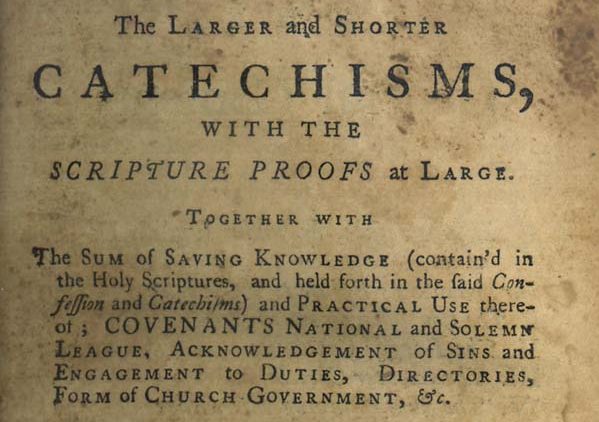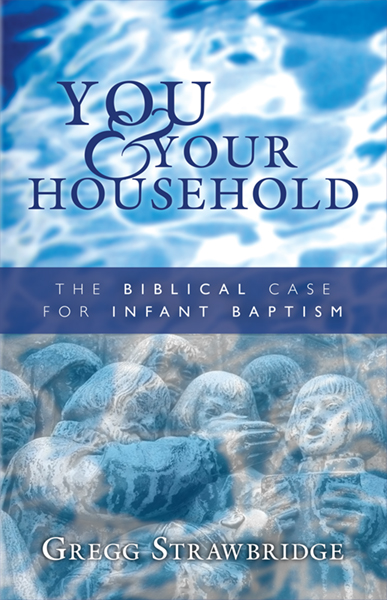Luke provides the clear purpose for his Gospel in his opening words: that Theophilus might be convinced of the words in which he had been catechized (Luke 1.4). The Gospel is written to be persuasive, to assure Theophilus that what he has learned is true. Luke doesn’t write simply to lay down a great number of facts about Jesus, but he sets his hand to join with others in writing a narrative that is an “orderly account,” a word in Greek that connotes that Luke is setting out a persuasive order of events so that Theophilus will be fully assured of the fact that God has revealed himself in the historical figure of Jesus the Christ.
This is the goal of all Christian catechism. Catechetical instruction is rooted in facts. In its most basic form it can be laid out in question-and-answer format. “Who made you?” “God made me.” Simple. Straightforward. Factual. Getting the facts right is vital to being catechized in the Faith. As we move through the Gospel, we hear of the virgin conception and birth of Jesus, the fact that he lived during the time of Herod the Great under the rule of the Roman Empire. Jesus is baptized, tempted in the wilderness, teaches, heals, is condemned, dies, rises again, and ascends to sit at the right hand of the Father. Facts. Vital, indispensable, facts. Facts that need to be learned.
However, learning the facts of the gospel is not all there is to gospel catechism. The goal is persuasion; to convince our children and to be convinced ourselves of how all of these facts work together to tell the story of God, the world, and our place in it. It is good to be able to rattle off the Westminster Shorter Catechism, the Heidelberg Catechism, My First Catechism, along with others that have been written. Learn those. Teach those to your children. But catechetical instruction doesn’t stop when we or our children have learned all the answers.
The gospel itself is living and breathing. The truths of the gospel are lived out in joy and sadness, in prosperity and deprivation, on the Mount of Transfiguration and Golgotha. Gospel catechism can be nothing less than this.
Whether in the church as a whole or in our individual families, catechizing involves demonstrating in transformed lives the beauty of the gospel. Those being discipled by us must see the gospel in flesh-and-blood. Children must see mommies and daddies and churches must see pastors, elders, and deacons creating a culture of love, joy, peace, longsuffering, kindness, goodness, faithfulness, gentleness, and self-control in the home, embodying the truths of the gospel. We must demonstrate before the disciples what a beautiful marriage is, the way a Christian responds to trials, and the way we handle the good times faithfully. We must point them to the beauty of the Faith in the lives of other faithful Christians and ultimately to Christ himself in order to show them that if they will be faithful to the Lord Jesus, God will do for them what he has promised.
Teach them the facts. Rehearse them when you rise up, when you lie down, and when you walk by the way. But in all of your teaching, teach them the beauty of the gospel by living beautifully. Persuade them by embodying the glories of the gospel.















